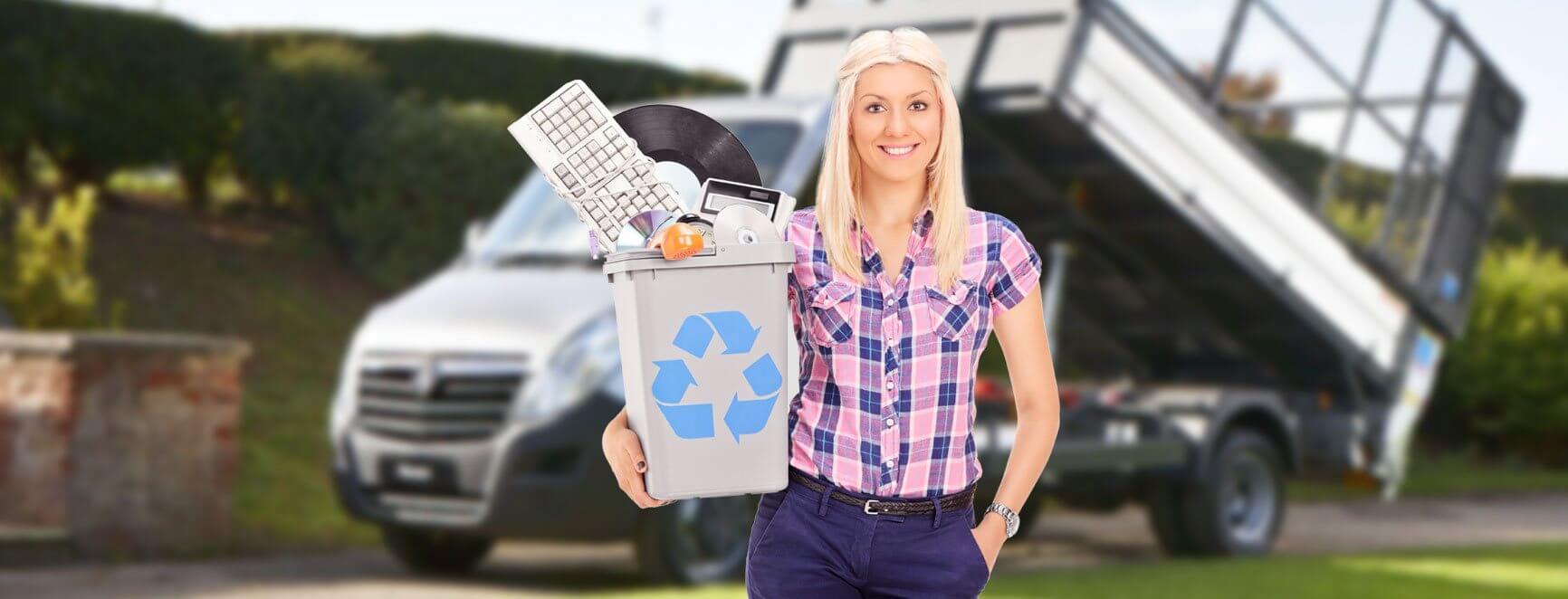Recycling Guide for Educators
Posted on 21/11/2024
Recycling is an essential practice that we must instill in the younger generation. Educators have a unique opportunity to lead by example and instill lasting values in their students. This guide aims to provide educators with comprehensive information on how to effectively teach recycling in schools and classrooms.
Understanding the Importance of Recycling
Recycling is a crucial practice for environmental conservation. It helps to reduce waste, save natural resources, and lower greenhouse gas emissions. Educators can play a critical role in promoting recycling by educating students about its importance.

Creating a Recycling Curriculum
One of the first steps in promoting recycling in schools is to create a comprehensive recycling curriculum. This curriculum should include lessons on the following topics:
- The environmental impact of waste
- Types of materials that can be recycled
- The recycling process
- Benefits of recycling
It is essential to design activities that are both informative and engaging to keep students interested in the subject.
Setting Up a Recycling Program
Setting up a recycling program in your school is an effective way to practice what you preach. Here are some steps to get started:
- Conduct a waste audit to understand the types and quantities of waste generated in your school.
- Identify recyclables and set up separate bins for paper, plastics, metal, and glass.
- Collaborate with a local recycling company for regular pickups.
- Involve students in the sorting process to teach them about different materials.
Engaging Students and Community
Involving students and the community in recycling initiatives can amplify the impact of your efforts. Here are some ideas:
- Organize recycling drives and competitions.
- Host workshops and guest speakers to discuss the importance of recycling.
- Partner with local businesses to sponsor recycling bins and educational materials.
- Create projects and assignments that encourage students to think critically about waste and recycling.
Tips for Educators
Here are some tips to make your recycling education efforts more effective:
- Lead by example. Make sure you are practicing recycling both at school and at home.
- Make recycling a part of your daily routine. Integrate it into different subjects and classroom activities.
- Use visual aids, like posters and charts, to reinforce the message.
- Encourage students to come up with their own recycling ideas and initiatives.
- Utilize digital tools and resources to make learning about recycling fun and interactive.
Pros and Cons of Recycling Education
Pros
- Instills long-term values and habits in students.
- Reduces waste and promotes environmental conservation.
- Encourages critical thinking and problem-solving skills.
- Can foster community involvement and collaboration.
Cons
- Initial setup of a recycling program can be costly.
- Requires continuous effort and monitoring to ensure participation.
- May face resistance from students or staff who are not yet committed to recycling.
- Not all materials are easily recyclable, which can cause confusion.

Key Takeaways
Recycling education is an invaluable part of shaping responsible and environmentally conscious citizens. By integrating recycling into the school curriculum, setting up effective recycling programs, and engaging both students and the community, educators can make a significant impact. Understanding the pros and cons helps in planning more efficient recycling efforts.
Conclusion
In conclusion, recycling education should be a priority for educators aiming to nurture environmentally responsible students. By understanding the importance of recycling, creating a structured curriculum, setting up a robust program, and engaging the community, educators can effectively teach the next generation to care for our planet. While there are challenges, the benefits of fostering a culture of recycling far outweigh the drawbacks, leading to a more sustainable future.





